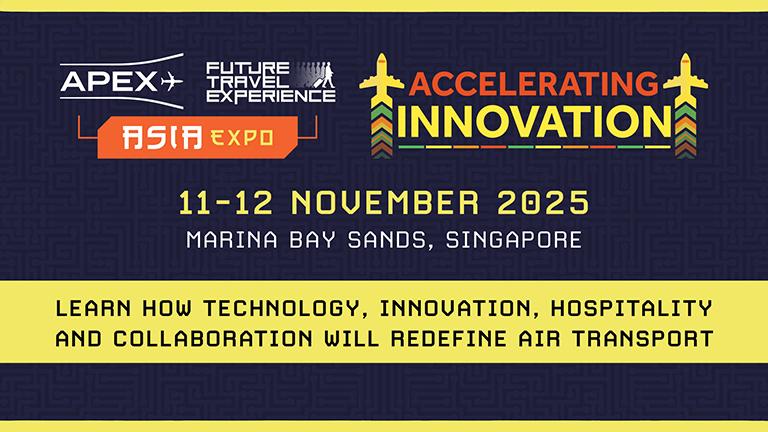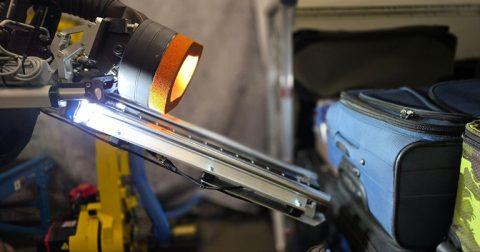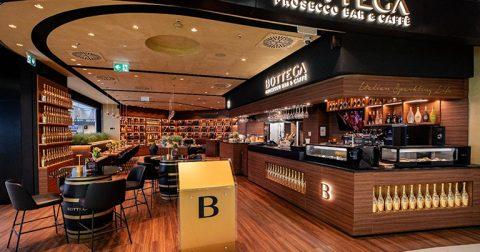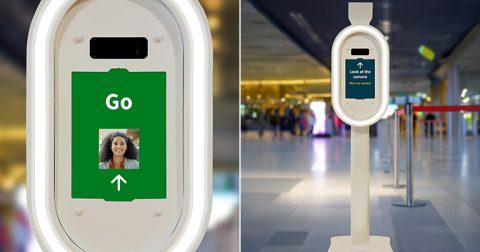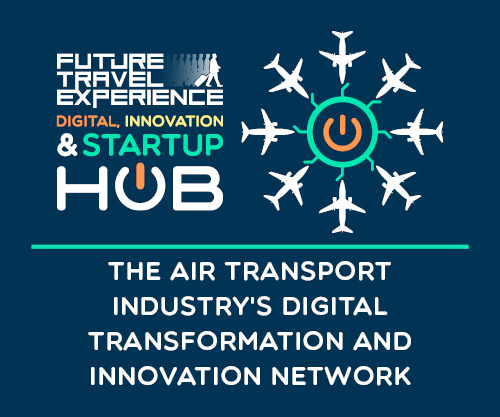Melbourne Airport is on a journey to transform efficiency and create more seamless customer experiences through cutting-edge technology and digital advancements, as it innovates to manage the challenge of space constraints and rising passenger volumes. In this interview, ahead of his participation at APEX FTE Asia Expo, taking place in Singapore on 11-12 November 2025, Nicholas Donovan, Head of Aviation Services, shares how Melbourne Airport is taking a dynamic, data-driven approach, with a focus on real-time information, predictive analytics, automation, artificial intelligence (AI), and much more, while co-creating tailored solutions in collaboration with both airline and technology partners.
See our 12 reasons to attend APEX FTE Asia Expo 2025 >> Register for APEX FTE Asia Expo 2025 – free to attend >>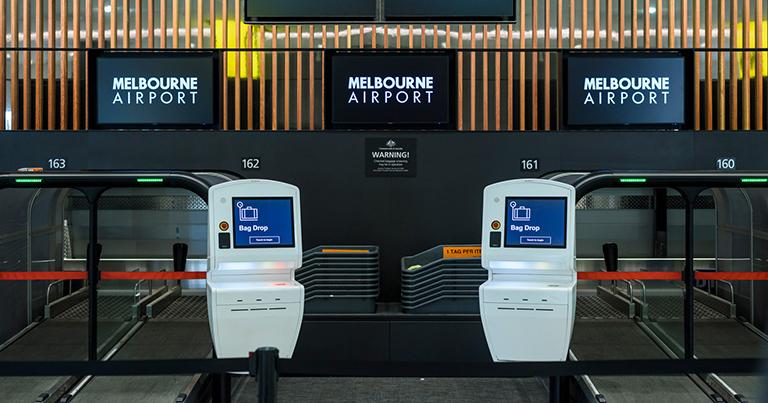
Donovan is participating in the free to attend Expo Stage Schedule at APEX FTE Asia Expo, with a presentation titled ‘Maximising every metre: Expanding impact before expanding walls’. “At APEX FTE Asia Expo, I’ll explore how Melbourne Airport is leveraging technology and digital advancements to improve efficiency and deliver seamless passenger experiences – especially in the face of our biggest challenge: space constraints amid rising passenger volumes,” Donovan explains. “While we face physical capacity constraints, we believe there’s significant opportunity to unlock efficiency through technology. That’s why we’re focused on acquiring richer datasets to support smarter resource allocation – aligning passenger demand with available assets in real-time. This data-driven approach is central to optimising performance within our existing infrastructure.”
Digital pilots and partnerships powering progress
Melbourne Airport is currently piloting a range of digital platforms aimed at improving operational efficiency and resilience. “We’re actively piloting Cirium Sky, which enriches our datasets with dynamic and predictive insights, as well as camera analytics in our Terminal 3 baggage room to improve task execution for ground staff,” Donovan shares.
Another major development is the airport’s strategic partnership with Copenhagen Optimization, following a successful pilot over the past year. “This collaboration supports smarter, data-driven resource planning,” says Donovan. “While these technologies are still being embedded into our workflows, we’re focused on measuring outcomes and evaluating their operational value.”
While innovation is at the forefront, Donovan stresses that human-centricity remains a key priority. “Traveller experience is central to everything we do. While we continue to invest in technology to improve efficiency, we’re equally committed to preserving the human touch,” he explains. “Whether it’s designing inclusive self-service options or using data to better deploy frontline staff, our goal is to create experiences that are both seamless and empathetic.”
This balance is evident in the airport’s recent passenger mobility hubs, designed to support travellers with accessibility needs. “One of the keys to this program is that there is a human available to accompany people from the moment they arrive to the moment they depart.”
This commitment hasn’t gone unnoticed – Melbourne Airport was recently named ‘Best Airport in Australia/Pacific 2025’, recognising its achievements in creating a more inclusive and efficient airport experience.
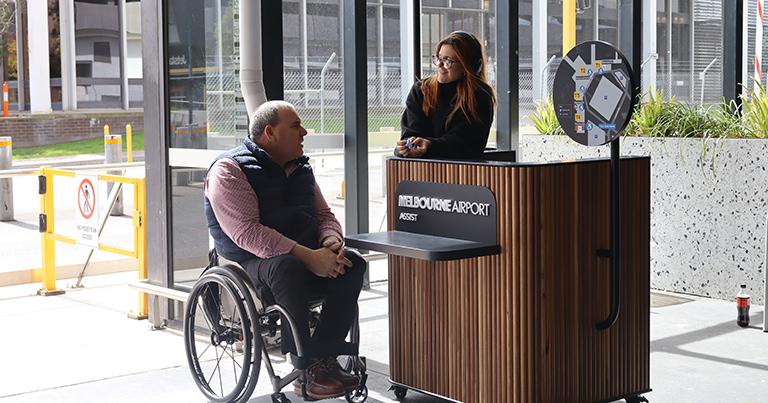
The power of data and real-time operations
Melbourne Airport’s Data and Analytics team plays a central role in optimising operations, particularly through the creation of integrated data lakes and real-time dashboards.

“These tools empower our Integrated Operations Centre (IOC) and key stakeholders to monitor peak flows, anticipate congestion, and make informed, data-driven decisions,” Donovan shares. “It’s enabling a shift from reactive management to predictive operations.”
A standout example is the Arrivals Dashboard, which provides real-time visibility into international passenger volumes. “This allows the IOC and partners such as the Australian Border Force (ABF) to proactively manage potential congestion before it escalates, ensuring smoother arrivals and improved resource coordination,” says Donovan.
Beyond its current initiatives, Melbourne Airport is actively exploring several next-generation technologies to further enhance seamlessness and efficiency.
“We’re planning a pilot of an Apron Monitoring tool, focused on unlocking efficiency gains and delivering data-driven insights to support future infrastructure strategies,” says Donovan. “We’re also preparing to procure next-generation common-use traveller facilitation technologies (CUPPS/CUSS), with the goal of gaining deeper visibility into passenger behaviour and journey patterns.”
These investments are aimed at making the traveller experience more responsive and personalised, while also improving how the airport allocates resources in real-time.
Innovation through collaboration
A core part of Melbourne Airport’s strategy is working closely with airline partners and technology providers to co-develop tailored solutions. “Our approach starts with a clear articulation of the problem statement and desired outcomes,” Donovan notes. “We’ve recently held targeted sessions, such as the Common-Use Traveller Facilitation Technology Review and the FIDS Requirements Workshop, where we engaged partners to understand current operational challenges and future needs.”
These collaborative initiatives ensure that innovation efforts are not only grounded in operational realities, but also aligned with broader industry trends.
What’s next: AI, biometrics, and intelligent automation
Looking to the future, Donovan sees a wave of emerging technologies reshaping the airport landscape over the next five to ten years. “Biometrics will streamline identity verification and traveller flow, while AI-driven resource planning will change how we define and manage assets – moving beyond physical infrastructure to include dynamic, data-based resources,” he says.
Donovan also highlights the growing role of automation – from auto aero-bridge docking to autonomous vehicles and drones – to reduce overheads and centralise control of repetitive tasks. “Meanwhile, predictive analytics and passenger tracking will deliver deeper insights into behaviour, enabling airports to offer more tailored and seamless services.”
For other airport leaders looking to leverage technology, Donovan’s advice is clear: “Focus on solving real operational challenges. Start with a clear understanding of your airport’s pain points – whether it’s space constraints, passenger flow, or resource planning – and work closely with airlines and tech partners to co-develop solutions. Prioritise technologies that enhance both efficiency and the traveller experience, and always balance innovation with empathy.”
APEX FTE Asia Expo: “A key opportunity to collaborate and share ideas with other industry innovators”
Looking ahead, Donovan is eager to participate at the 15th anniversary APEX FTE Asia Expo, taking place at the Marina Bay Sands Expo & Convention Centre in Singapore on 11-12 November 2025 – a key opportunity to collaborate and share ideas with other industry innovators. “At APEX FTE Asia Expo, I’m excited to connect with industry leaders who are driving change across aviation and travel. Events like this foster meaningful collaboration, spark new ideas, and help validate our approach to innovation – especially as we tackle challenges like space constraints and rising passenger demand.”
As Melbourne Airport continues to push the boundaries of what’s possible within existing infrastructure, its data-driven, collaborative approach offers valuable lessons for airports and airlines worldwide. By blending cutting-edge technology with a strong focus on human-centric design, the airport is setting a benchmark for operational efficiency and passenger experience. Donovan’s insights at APEX FTE Asia Expo will no doubt provide further inspiration for industry stakeholders looking to harness innovation to future-proof their operations in a rapidly evolving travel landscape.
See our 12 reasons to attend APEX FTE Asia Expo 2025 >> Register for APEX FTE Asia Expo 2025 – free to attend >>